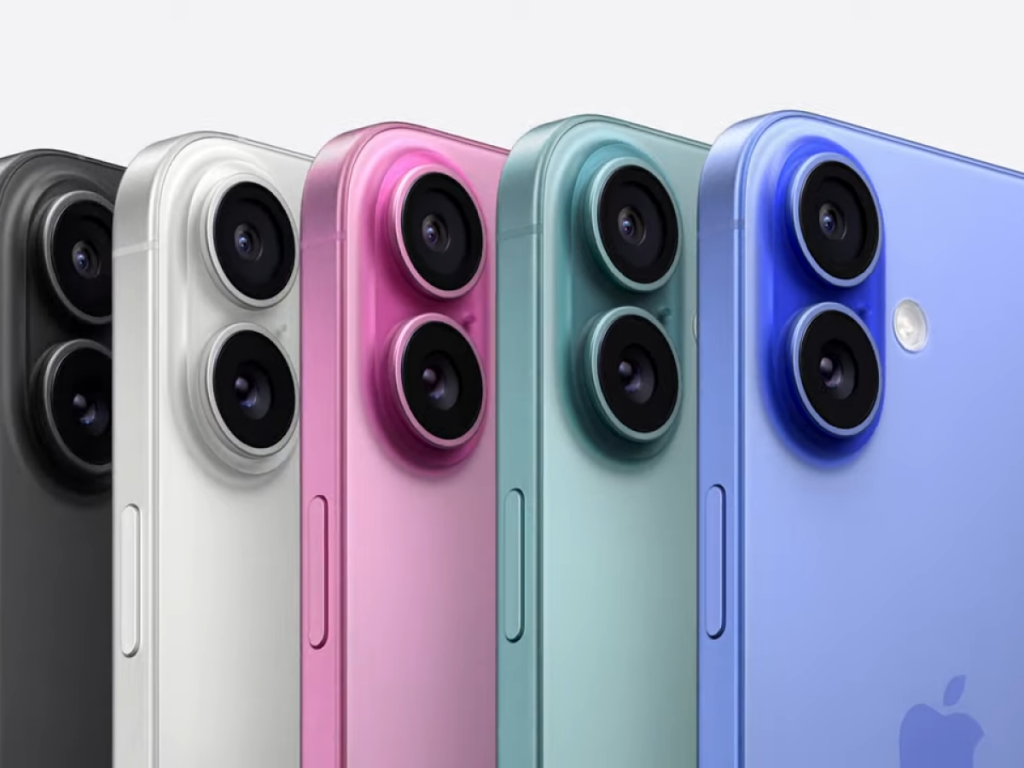Apple’s iPhone 16 lineup has seen significant price reductions across major Chinese e-commerce platforms as online retailers move to attract budget-conscious buyers in the lead-up to one of the country’s biggest annual sales events. The discounts, which reach as high as 2,530 yuan (approximately $351), reflect the tech giant’s efforts to regain momentum in China following a notable drop in sales.
The timing of these price cuts coincides with preparations for the “618” mid-year shopping bonanza, a national event similar in scale to the U.S.’s Black Friday, which occurs each June 18. As China’s economy continues to decelerate, online retailers are banking on aggressive promotions to drive traffic and boost purchases, particularly in the premium smartphone segment where Apple has historically dominated.
Deep Discounts Available on Popular iPhone Models
JD.com, one of China’s largest online retail platforms, has emerged as one of the most aggressive discounters. It currently lists the iPhone 16 Pro with 128GB of storage at just 5,469 yuan—a dramatic cut of 2,530 yuan from Apple’s standard retail price of 7,999 yuan. The same platform offers the standard iPhone 16 model with 256GB storage for 5,469 yuan as well, reflecting a 1,530 yuan markdown thanks in part to government digital subsidies.
Alibaba’s Tmall, another heavyweight in China’s e-commerce space, has followed suit. The site advertises the iPhone 16 Pro 128GB model for 5,499 yuan—about 2,500 yuan below Apple’s official listing. Buyers must apply various platform coupons and leverage government-provided incentives to access these reduced rates.
Unclear if Apple Endorsed the Promotions
Despite the substantial price reductions, it remains uncertain whether Apple directly authorized these discounts or if they were independently implemented by retail partners. Historically, Apple has offered promotional pricing in China, particularly around key sales periods like “618,” to stimulate demand.
Industry analysts believe the current wave of discounts mirrors similar strategies employed by Apple in prior years. Will Wong, a senior researcher at IDC, noted that Apple has previously used selective discounting to tap into local government subsidies, especially on newer models such as the iPhone 16 Pro. “Apple is once again leveraging the shopping season to make its devices more accessible,” Wong said, emphasizing the company’s repeated attempts to benefit from China’s subsidy programs for digital products.
Promotions Highlight Apple’s Shifting Strategy in China
Over the years, Apple has carefully balanced its premium brand image with periodic pricing flexibility in the Chinese market. In January, for example, the company offered direct discounts of up to 500 yuan on its own website—an uncommon move for the brand, which rarely engages in aggressive markdowns globally. At the same time, Apple relies on authorized resellers and e-commerce partners to adjust pricing independently during competitive periods.
This strategy enables Apple to maintain a degree of exclusivity while still participating in market-wide promotions. It also allows the company to tailor its approach to local economic conditions, such as the current consumer slowdown and growing preference for cost-effective devices.
Apple Faces Intensifying Pressure from Local Rivals
Apple’s pricing shift comes in response to declining sales and rising competition from domestic smartphone manufacturers. In the first quarter of 2025, Apple’s shipments in China dropped by 9%, according to IDC. Meanwhile, rivals such as Xiaomi and Huawei saw notable gains—Xiaomi’s sales soared by 40%, while Huawei’s increased by 10%.
These figures highlight a broader trend: local brands are not only gaining market share but also capturing consumer sentiment. Fueled by national pride and aggressive innovation, Chinese companies are quickly closing the gap with Apple in terms of both technology and desirability.
Government Incentives Drive Smartphone Sales
The latest wave of iPhone discounts also aligns with China’s broader strategy to stimulate consumer spending through targeted subsidies. As part of its economic support measures, several local governments—especially in major metropolitan areas like Beijing—now offer up to 500 yuan in financial support for smartphone purchases under 6,000 yuan. These subsidies aim to boost demand for consumer electronics while encouraging digital upgrades across the population.
Apple’s participation in this initiative, either directly or via its retail partners, signals its willingness to adapt to local market conditions. These state-backed incentives provide a critical opportunity for foreign tech companies to remain competitive as consumer confidence wanes and discretionary spending becomes more selective.
Looking Forward: Can Apple Turn the Tide in China?
The aggressive pricing ahead of the “618” shopping festival could give Apple a temporary sales lift, but analysts caution that deeper issues persist. While discounts may drive short-term demand, Apple faces the more difficult task of sustaining long-term growth in a market that increasingly favors homegrown brands with competitive pricing and tailored innovation.
With the global smartphone market stabilizing and China’s economy showing slower growth, Apple’s next steps in the region will be crucial. The company may need to invest more heavily in localized services, enhanced customer experiences, and broader product segmentation to appeal to a wider consumer base.
Conclusion: Apple’s Balancing Act Continues
Apple’s current strategy in China reflects a delicate balancing act between maintaining its premium identity and responding to intense pricing pressure. As discounts on the iPhone 16 series flood e-commerce platforms and subsidies attract price-sensitive shoppers, Apple’s ability to adapt swiftly and strategically will determine its future position in the world’s most competitive smartphone market.












